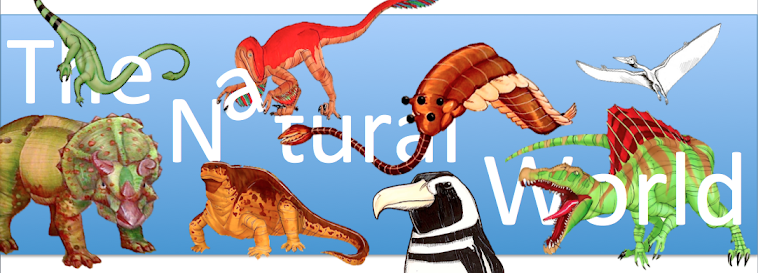 |
| In this picture, you can see the Harris hawk is not too happy about the great-horned owl being held by another volunteer about ten or fifteen feet in front of it! |
There are three different subspecies of the Harris hawk, and this one was native to the Sonoran desert, in the American southwest. Although sometimes the other sub-species will live in more forested areas, this particular type of Harris hawk prefers a desert life.
Due to the fact that much of what lives in the desert is spiny, the Harris hawk learns from a very young age how to pick spikes and thorns out of its feet, especially the spines of the saguaro cactus. This particular cactus is SO huge and so integral to the surrounding ecosystem that it is illegal in Arizona to either harm or destroy a saguaro cactus!When abbreviated, the scientific name of the Harris hawk, Parabuteo unicintus, spells "P. u."
Unlike many raptors, the Harris hawk is a very social bird, hunting cooperatively in packs often numbering four or five individuals. These packs, or family groups, will often have one or two of the birds fly down low to flush out prey, and once the prey is on the move, the rest of the pack will swoop in for the kill.

Since it is so darn hot in the Sonora Desert, the adult Harris hawks are forced to shield their nests, with their offspring inside, with their outstretched wings to keep them from cooking alive. If the "shield-bird" has to move, for whatever reason, an aunt or an uncle or just another member of the pack will instinctively swoop in to take up the shielding duties!
I feel like since the Harris hawk lives in groups, it would be more tolerant of other birds. Since they kept the Harris hawk out almost the entire time, even while the other three birds were out, this would make sense.You can see in the picture above and the picture below that, while the Harris hawk wasn't too bent out of shape because of the presence of the great-horned owl, it wasn't necessarily super excited about it. I mean, let's face it: if you or I were a hawk in the presence of this incredible owl, I might be a little nervous, too!
Like in most other birds, the Harris hawk is pretty much full-sized when it leaves the nest, since it has to be able to fly, feed, and take care of itself. When their entire volume is taken into account, the young apparently are often bigger than the adults! I don't remember exactly why that would be, but most likely due to the fact that the young have just been sittin' around on their heinies, and their parents have been working their heinies off to feed and care for them.
As you can sort of see in the picture below, the innermost toe claw of the Harris hawk, and most (if not all) hawks, is much larger than the other two forward-facing toe claws. As you can probably see in the picture above, the hallux, or backwards-facing claw, is also much larger than those other two forward-facing claws. I don't recall if this is a feature seen in other raptors, I'll make sure to ask this Saturday!
I also have a short video that I took there of the Harris hawk. You can see how it looks, get a good size comparison, and listen to a little bit of the information that Anne has to say about it!












No comments:
Post a Comment